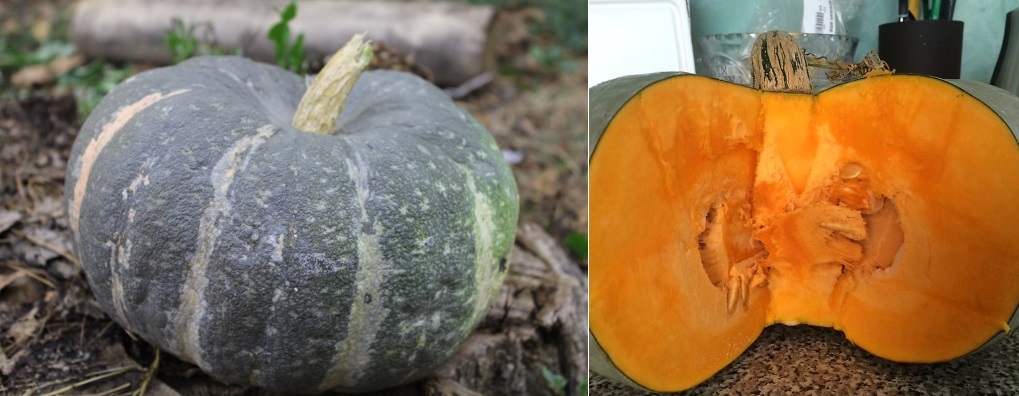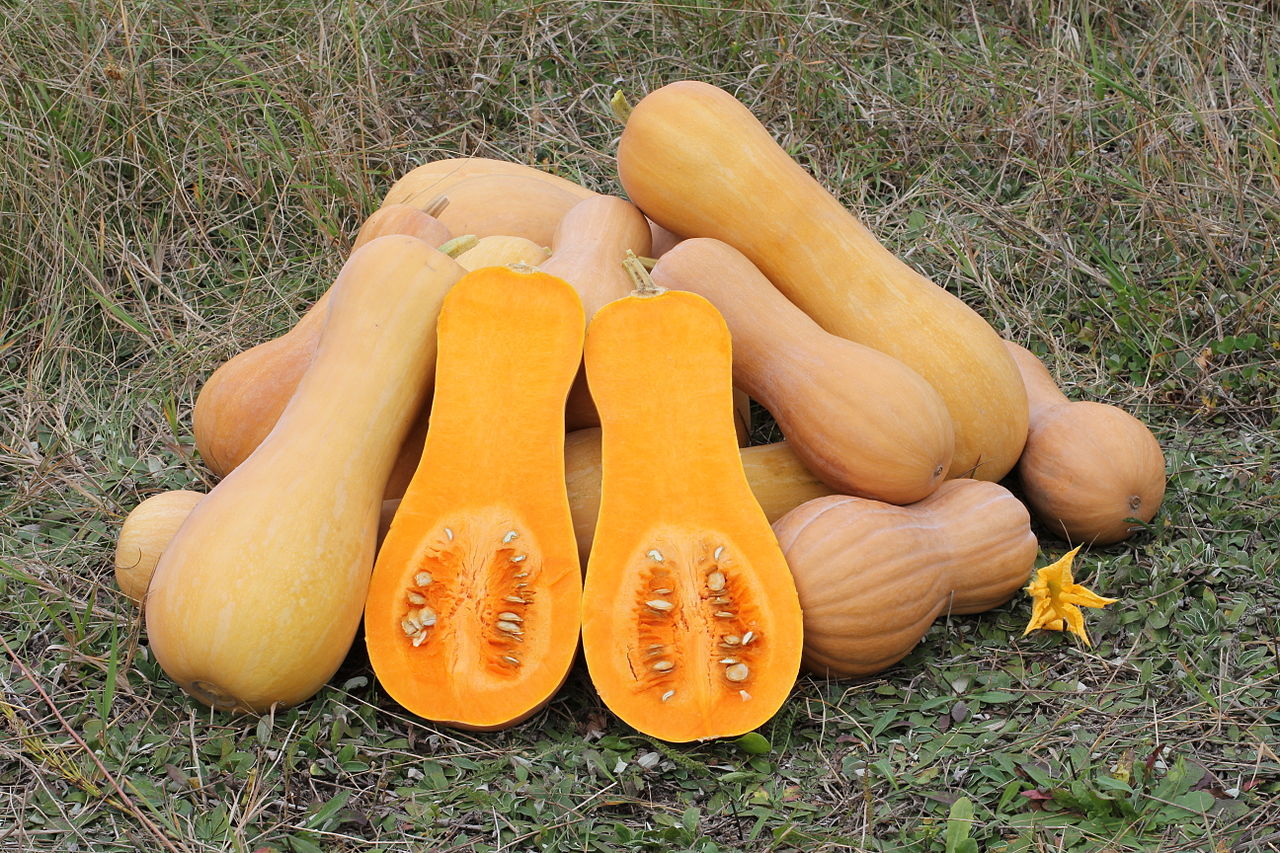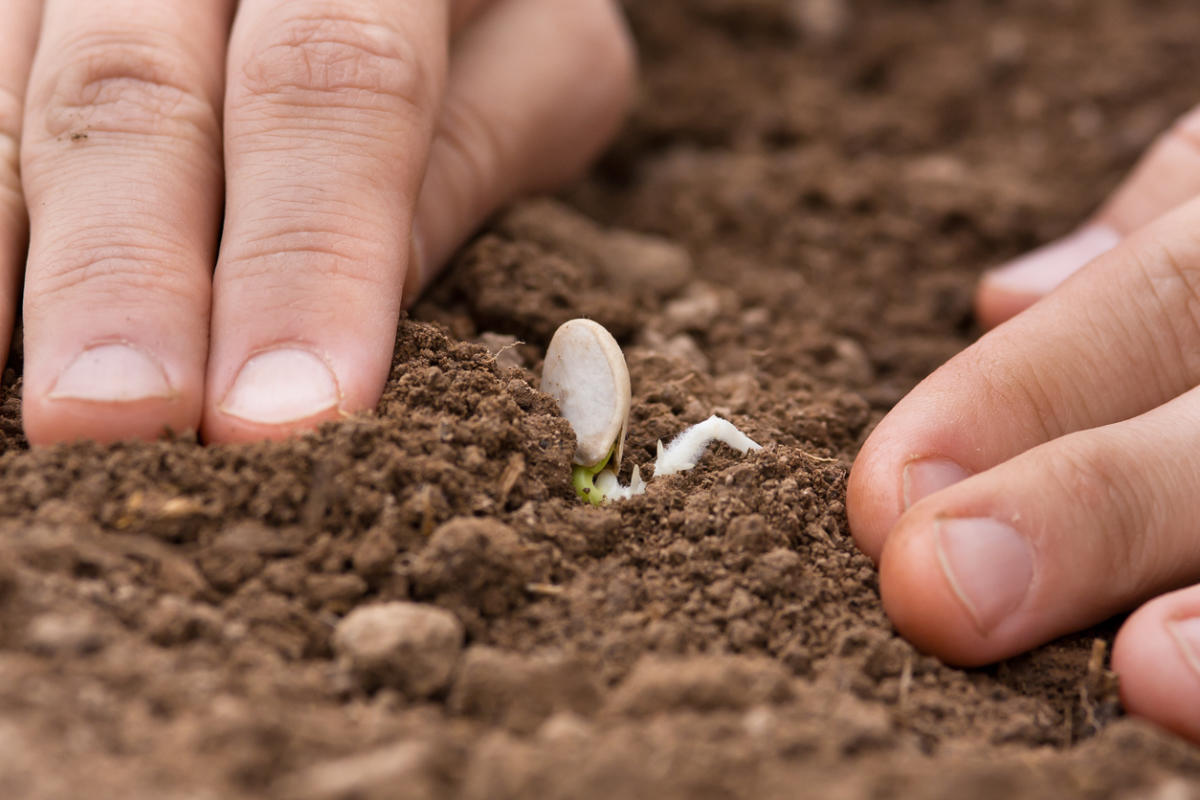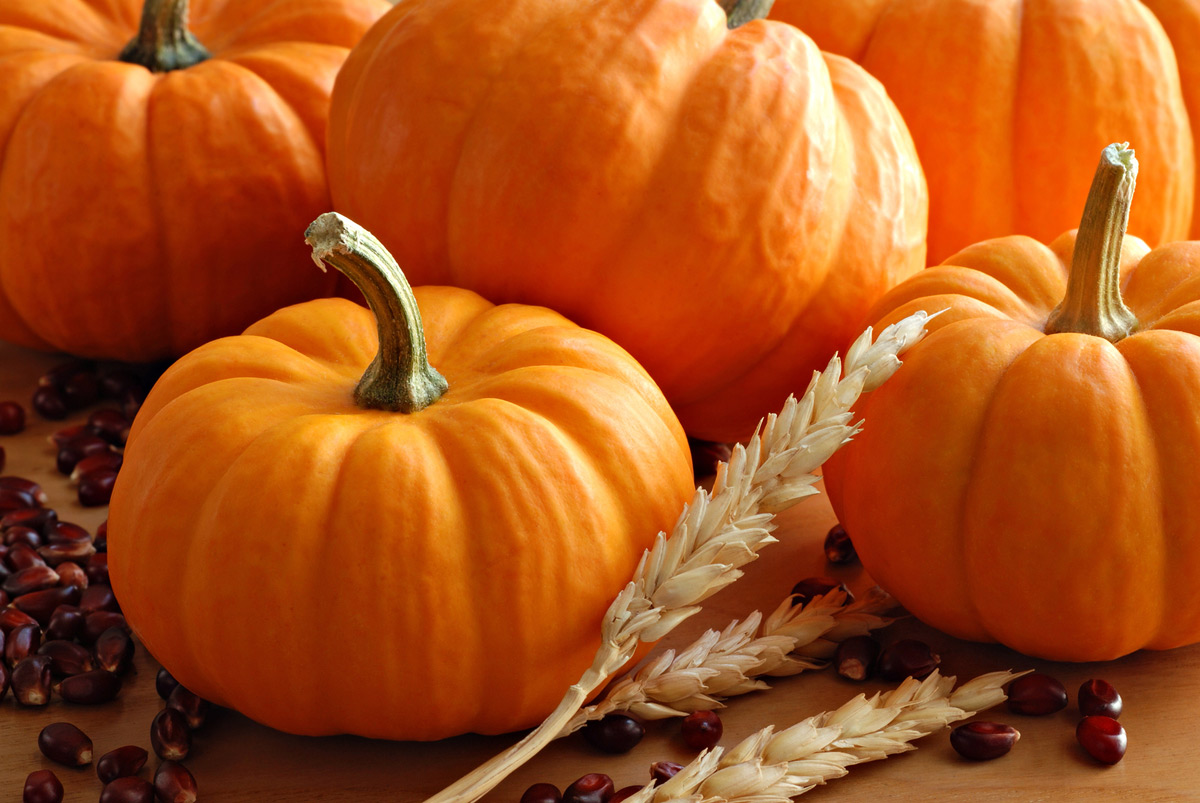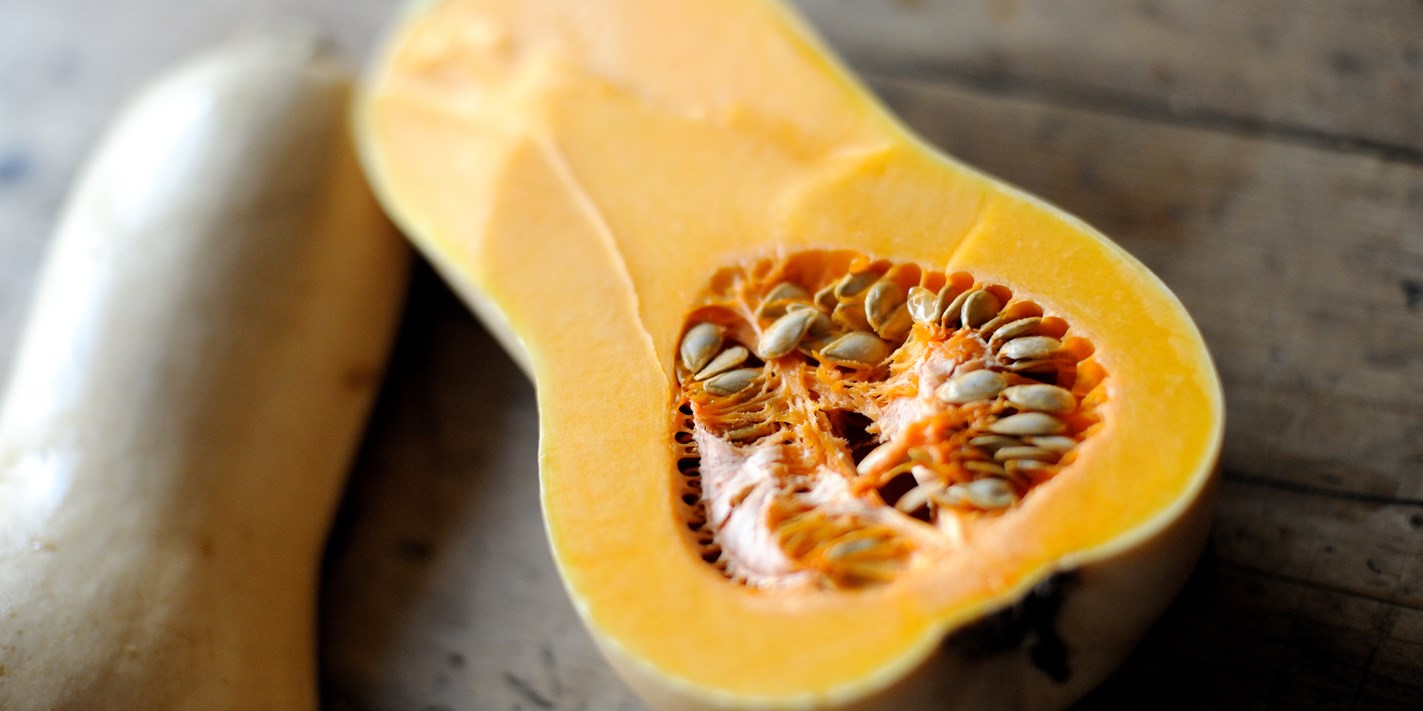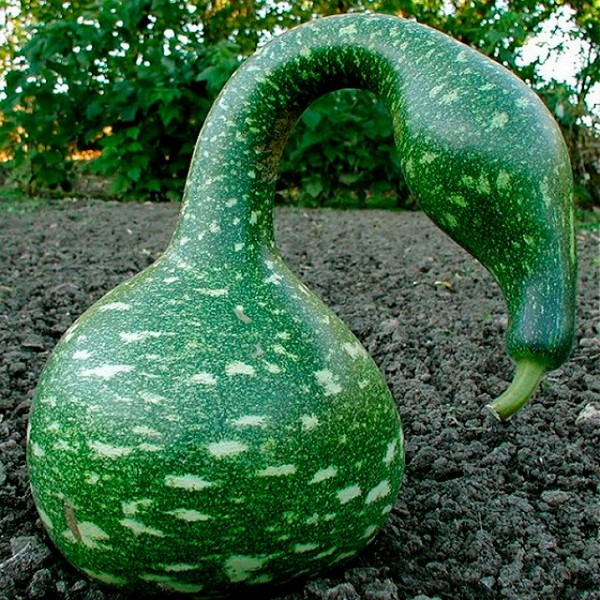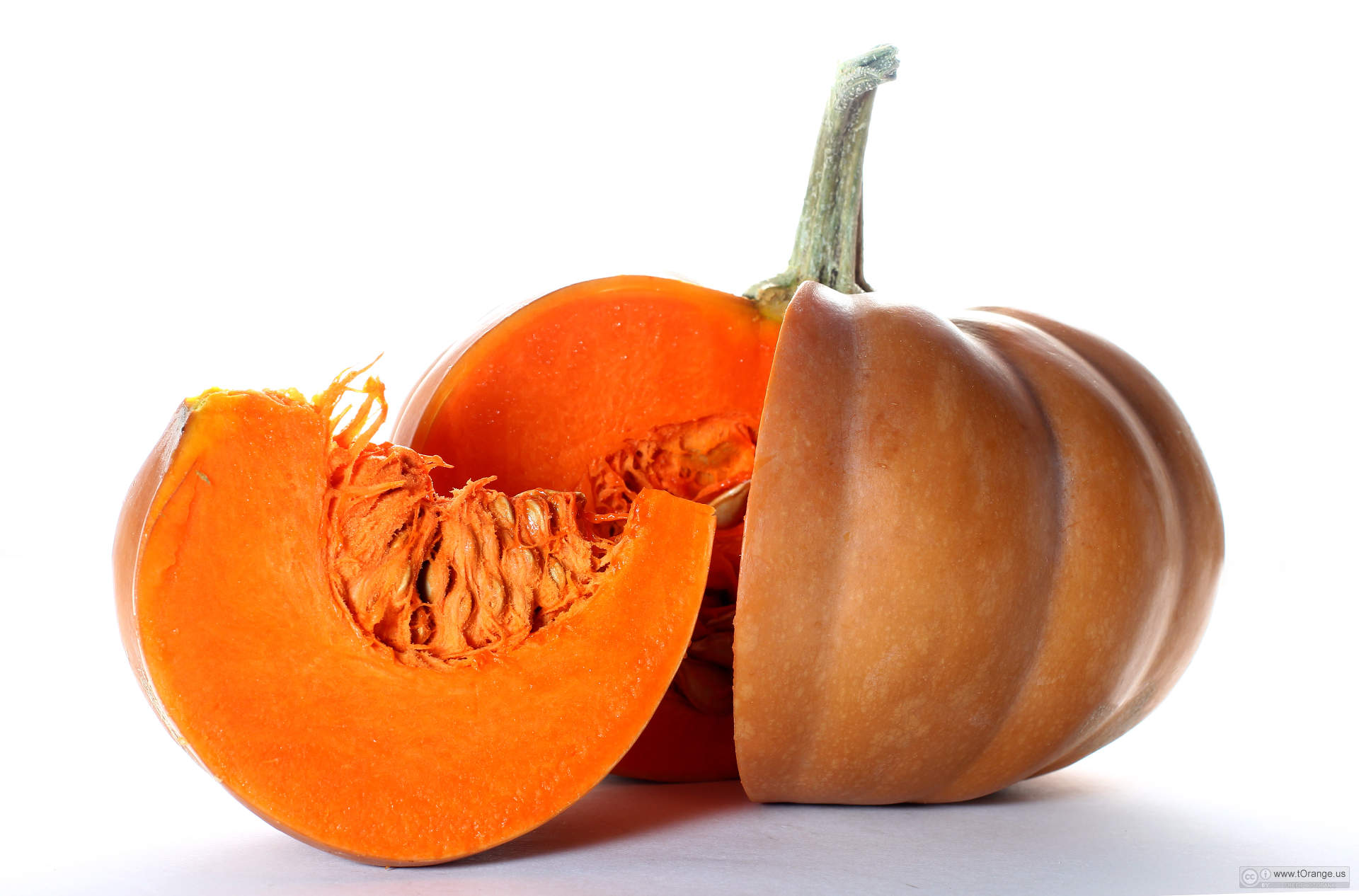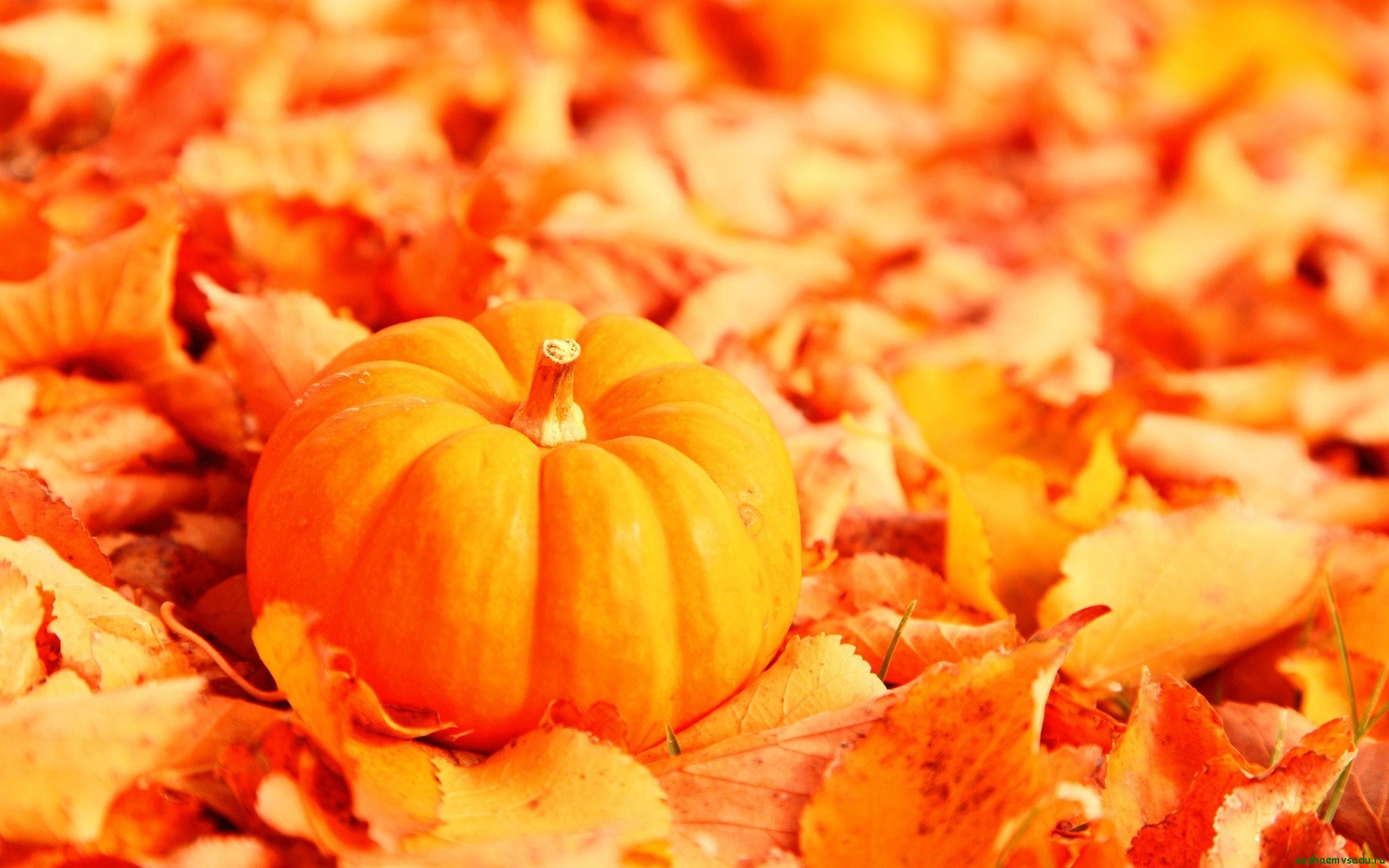Content:
Pumpkin variety Marble is considered one of the oldest and most famous varieties of butternut pumpkins in Russia. It has a high yield and is famous for its excellent fruit quality. However, this variety is able to realize its potential only with the appropriate level of agricultural technology.
Short description
Pumpkin is one of the most common vegetable crops. The fruits are used for nutritional and technical purposes, as well as for livestock feed.
Pumpkin variety Marble is considered to be medium late. From emergence to the first harvest, it usually takes about 130 days, which is roughly similar to that of Novinka pumpkin. Ripening occurs in late summer - early autumn. The fruits are large, slightly flattened, with a wrinkled surface.
According to the description of the Marble pumpkin variety, it has a gray or gray-dark color, in some cases with a greenish tint. Light gray specks are usually present. Pumpkin weight ranges from 6 to 10 kg. The pulp is bright orange, dense and delicate. The seeds are white with a cream shade, their length is about 1-3 cm.
It is interesting: Marble is one of the oldest domestic varieties of this crop. It was included in the State Register of Breeding Achievements in 1975.
The variety is recommended for cultivation mainly in the southern regions.
Marble belongs to the category of the so-called butternut pumpkins, which are characterized by a conical shape and low resistance to low temperatures. Other varieties of this group include the Golden Pear pumpkin, Arabat pumpkin, etc.
Advantages and disadvantages of the variety
Marble stands out from other pumpkin varieties with its increased shelf life. Thanks to this, the fruits are stored for a long time without significant quality losses. Among the nutmeg varieties in this indicator, only Arabat pumpkin can be compared with Marble.
The variety is distinguished by its taste. The pulp contains an impressive list of vitamins and trace elements:
- vitamins A, B, E;
- potassium;
- carotene;
- magnesium, etc.
During ripening, the fruits do not crack, even in adverse weather conditions. Pumpkin Marble is resistant to white rot, which contributes to good yield.
The main disadvantage of the variety is its insufficient winter hardiness, which limits the possibility of its cultivation in a number of regions. Therefore, Marble is recommended for cultivation in the south of Russia.
Features of agricultural technology
The Marble variety gives a plentiful and high-quality crop with a certain level of agricultural technology. Even in the fall, it is necessary to carefully dig up the site and add manure or compost at the rate of 3-4 kg per square meter. On heavy acidified soils that are poorly tolerated by this variety, it is recommended to apply lime or wood ash. Potassium and phosphorus can be applied either in the fall or just before planting seeds.
Sowing seeds
The planting of seed by Marble into the ground is carried out during the period when it warms up to + 10C. In colder soil, pumpkin seeds will rot. Typically, these temperatures are set in late spring - early summer. It should be ensured that there are no long, upright plants on the site that will shade the weaving stems.
2 days before planting, the seeds are heated for 10 hours at a temperature of + 40C, after which they are dipped in a container with an ash solution for 12 hours.It is prepared by dissolving 2 tablespoons of ash in a liter of boiling water. According to the description, Golden Pear pumpkin also prefers ash treatment before sowing.
The area on which Marble will grow must be well lit and away from drafts. On the site, dig holes 30 cm in diameter. The distance between them should be more than half a meter, since Marble grows widely and intensively. Before sowing, it is recommended to pour 2 liters of water heated to + 50C into the hole.
Important! The seed pits should be staggered.
When the soil absorbs water, 2-3 seeds are placed in holes to a depth of about 5-6 cm. On top of the seed is sprinkled with a nutrient mixture and mulch, which is used as humus.
note: If possible, cover the area with a film, fixing the edges. This will help speed up the seed growth process. When the seeds germinate, the film is not removed, but cut and stretched over a wire frame.
Crop care
The variety in the process of growing requires the following agrotechnical measures:
- irrigation;
- thinning;
- weed removal;
- fertilization;
- artificial pollination (in some cases).
From the day of planting to the formation of the first shoots, water the wells daily. Water is carefully introduced directly under the stem. Older plants are watered less often, but in significantly increased volumes (about 5 liters of water per plant). It is necessary to constantly monitor that the pumpkin is provided with moisture, since one of the varietal characteristics of Marble is insufficient drought resistance.
Additional Information: To improve water access to the root system, carefully loosen the soil, taking care not to damage the roots.
When 2-3 leaves are formed, weak shoots must be removed. At the same time, weeds are removed from the site, which at first are capable of shading the pumpkin and depriving it of nutrients. For adult overgrown plants, weeds are no longer so terrible.
Organic fertilizing is carried out 3 weeks after sowing the seeds. For this purpose, chicken manure or manure is used. Mineral fertilizers are applied 1-2 times during the growing season.
Marble is suitable for home cultivation. For this, seedlings are used, which are grown in large-volume containers. Caring for plants does not differ from similar procedures in the field, with the exception of pollination, which is carried out artificially during indoor cultivation.
In general, when cultivated in the field or indoors, agricultural technology is very important for the Muscatnaya variety. Only with proper care, the variety is able to form high-quality pumpkins.
